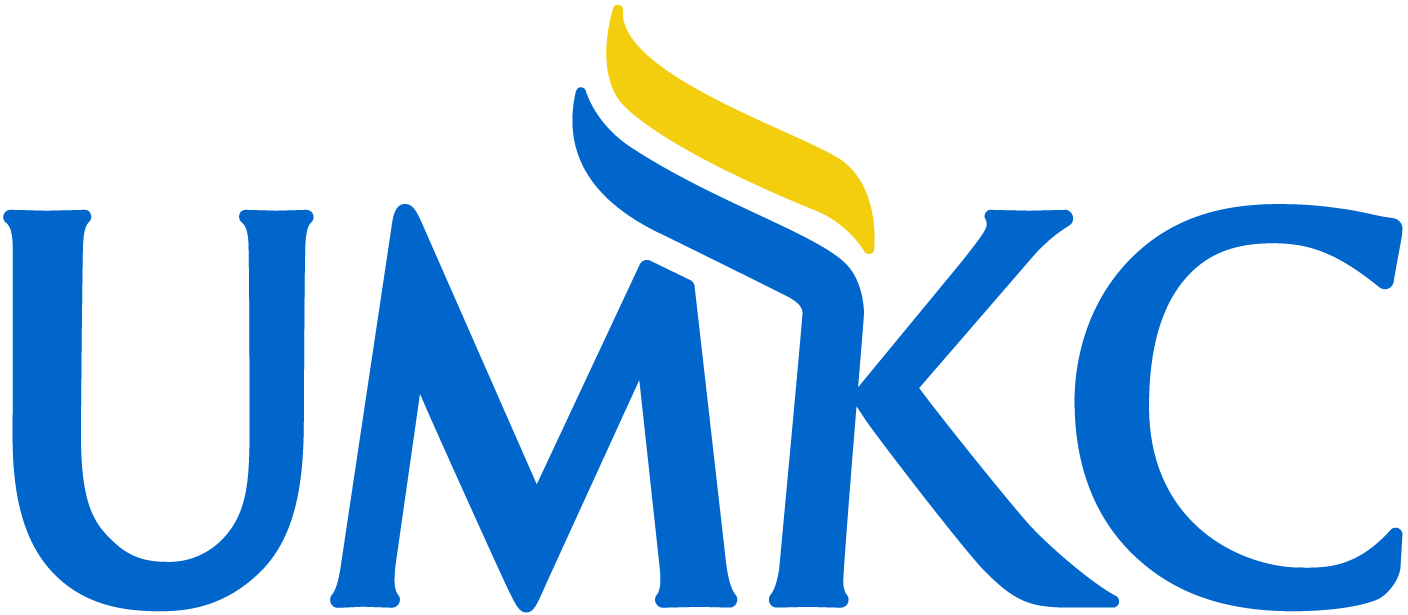Abstract
PURPOSE: The purpose of this study was to evaluate a weekly school-based fruit and vegetable delivery via a mobile market on urban middle schoolers' nutrition behaviors.
DESIGN: One-group, pretest-posttest design, quasi-experimental intervention in middle schoolers (6th-8th graders, N = 158) in Kansas City, MO.
INTERVENTION: Weekly delivery of free produce via a mobile market over 12 weeks.
MEASURES: A self-administered survey to assess self-report consumption of fruits, vegetables, soda, and sports drinks.
ANALYSIS: Univariate and bivariate analyses were used. Proportions were compared and chi-square tests were conducted to compare youth at baseline and 12 weeks.
RESULTS: More youth reported consuming fresh fruit (73.8% to 83.3%; χ2 = 7.76, P = .005) and vegetables (66.4% to 71.3%; χ2 = 13.55, P = <.001) from baseline to follow-up. Less youth reported soda (49.0% to 52.8%; χ2= 6.33, P = .012) and sports drinks (41.8% to 38.2%; χ2= 12.32, P < .001) from baseline to follow-up.
CONCLUSIONS: A mobile produce delivery intervention, like the Healthy Harvest Mobile Market, may be an effective strategy to increase fruit and vegetable consumption for adolescents.
